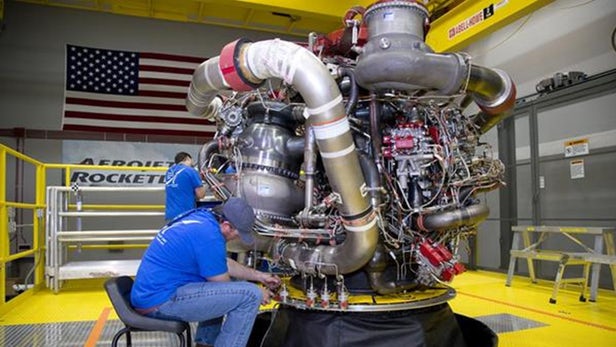
Breaking News
 Alternative Ways to Buy Farmland
Alternative Ways to Buy Farmland
 LED lights are DEVASTATING our bodies, here's why | Redacted w Clayton Morris
LED lights are DEVASTATING our bodies, here's why | Redacted w Clayton Morris
 How My Youtube Channel Makes Money
How My Youtube Channel Makes Money
Top Tech News
 Travel gadget promises to dry and iron your clothes – totally hands-free
Travel gadget promises to dry and iron your clothes – totally hands-free
 Perfect Aircrete, Kitchen Ingredients.
Perfect Aircrete, Kitchen Ingredients.
 Futuristic pixel-raising display lets you feel what's onscreen
Futuristic pixel-raising display lets you feel what's onscreen
 Cutting-Edge Facility Generates Pure Water and Hydrogen Fuel from Seawater for Mere Pennies
Cutting-Edge Facility Generates Pure Water and Hydrogen Fuel from Seawater for Mere Pennies
 This tiny dev board is packed with features for ambitious makers
This tiny dev board is packed with features for ambitious makers
 Scientists Discover Gel to Regrow Tooth Enamel
Scientists Discover Gel to Regrow Tooth Enamel
 Vitamin C and Dandelion Root Killing Cancer Cells -- as Former CDC Director Calls for COVID-19...
Vitamin C and Dandelion Root Killing Cancer Cells -- as Former CDC Director Calls for COVID-19...
 Galactic Brain: US firm plans space-based data centers, power grid to challenge China
Galactic Brain: US firm plans space-based data centers, power grid to challenge China
 A microbial cleanup for glyphosate just earned a patent. Here's why that matters
A microbial cleanup for glyphosate just earned a patent. Here's why that matters
 Japan Breaks Internet Speed Record with 5 Million Times Faster Data Transfer
Japan Breaks Internet Speed Record with 5 Million Times Faster Data Transfer
First Phantom Express spaceplane engine completed

Assembly has been completed on the first test engine that will power DARPA's Boeing-built, next generation spaceplane. Built by Aerojet Rocketdyne , the first updated AR-22 rocket engine for the Phantom Express project will be used in ground tests to demonstrate not only its performance capabilities, but its fast turnaround design.
DARPA's Phantom Express is designed to provide the US government with a fast way to put small payloads of 3,000 lb (1,361 kg) into low Earth orbit at short notice at a cost of only about US$5 million per flight. It consists of a self-contained vertical launch vehicle about the size of a business jet that lifts off from a launch pad, goes into a suborbital, hypersonic trajectory, and releases a small, expendable second stage at the edge of space before returning to base and landing like a conventional aircraft.
Key to this is the AR-22 engine, an updated version of the reusable main engines that propelled the NASA Space Shuttle into orbit. Burning a mixture of cryogenic liquid oxygen and liquid hydrogen, the AR-22 develops 375,000 lb of thrust, which should be adequate for the job, but its key selling point of the new version is that it's much more durable than its predecessor.
When the Space Shuttle first flew in the 1980s, it was envisioned as a workhorse ship that would launch on a regular basis with a turnaround time of only two weeks. Unfortunately, the Shuttle was really an early experimental craft that was pushed into service before the bugs were worked out, and the fortnight turnaround became months.

 No Excuses: Throw A Party!
No Excuses: Throw A Party!


